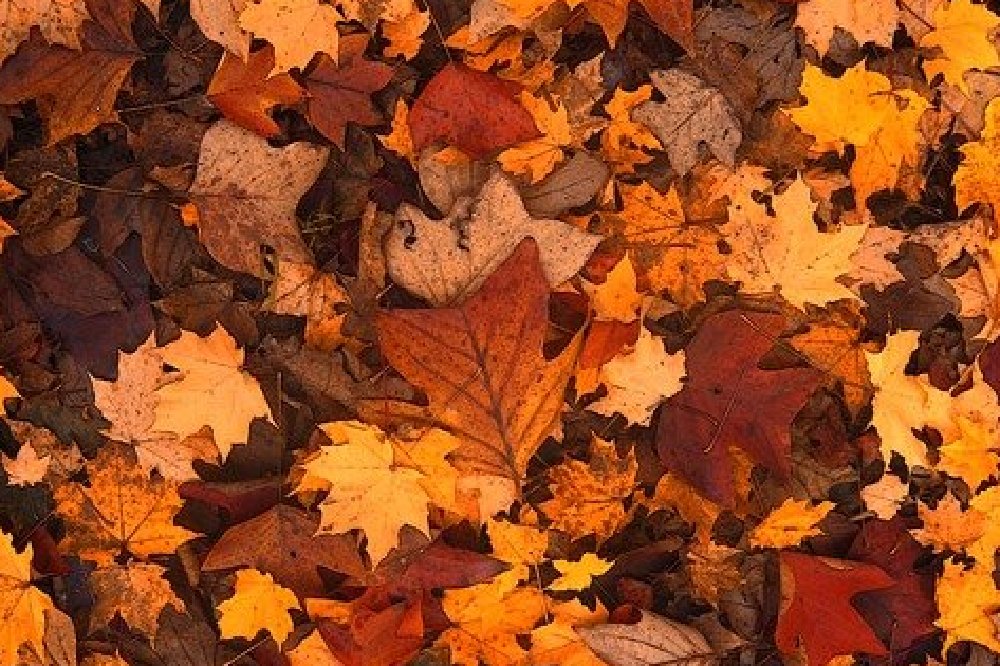There is no doubt that winter has well and truly arrived, with and darker evenings encouraging us all to stay home and get cosy. However, there is still plenty to be getting on with in the garden to keep them looking their best and prepare outdoor areas for the season ahead.

Image courtesy of Pixabay
Head of Horticulture at the UK’s leading garden centre retailer, Dobbies, Marcus Eyles, shares his top tips to inspire you to get your wellies and raincoat on and head outside this December…
1. Clear the leaves
It’s the season of colour, with leaves on trees turning a brilliant shade of red and orange. The dazzling display is inevitably followed by leaves falling to the ground when the temperatures drop, leading to a layer of wet, slippery leaves. Keep pathways safe and clear by regularly clearing leaves before they build up into messy piles.
Although leaves will decompose and add nutrients to your grass over time, there is also the chance of them causing damage to your lawn. If, for example, the leaves get soaked by rain and frost, they can actually encourage weeds to grow, especially if there are a lot of leaves blanketing large areas of your lawn. A long-handled leaf rake, leaf grabber or leaf vac will help to make light work of tidying up to keep your garden looking its best. Add to the compost heap or store in a separate pen for rotting down into leaf-mould.
2. Winter blooms
It’s not too late to add some colourful blooms to your doorstep, including Pansies, Violas, Bellis and winter flowering Heathers, Hellebores and evergreen shrubs. All these work well planted up in pots on your patio or doorstep. With the right care plants will continue to bloom until April or May, by which time spring flowering bulbs will have started to brighten up your garden.
3. Get set for a colourful spring
Tulip bulbs can be planted this month and they are suitable for many different sized gardens, from flower beds, borders, patios, and containers on balconies. Tulip bulbs benefit from later planting, when the cooler temperatures help to prevent disease. For an extra colourful display, plant bulbs in groups of odd numbers so they look more natural. There is definitely something quite magical about keeping watch for the first time as buds start to burst from the ground and flowers appear.
4. Watch out for wildlife
Expect to see more birds in your garden looking for food and shelter as temperatures drop and there are less natural food supplies. Lend a helping hand by putting out fresh water and food to sustain them throughout the colder months. Get children involved by spotting different birds and keeping a tally on a chalkboard or making a homemade chart. You could even spend a weekend making homemade fat balls.
Install a feeding station and keep regularly topped up with fresh food and water; most small birds need to drink twice a day. There are a range of bird foods to choose from, some more suited to specific types or for young birds. A wild bird food mix will provide a nourishing blend of nutrients for feathered friends.
Once you have started feeding birds, it is important to carry on and create a routine as birds will become reliant upon your help.
5. Garden TLC
Now is the time to book the lawn mower in for a service, clean, oil and sharpen garden tools. If you have a garden shed or greenhouse store tools away here. Save time when the warmer weather arrives and prepare for the new season ahead by getting on with this simple task when there is less to do. Cover furniture with winter covers to protect it from heavy rain and frost.
6. Protect plants from the chill
Lift all pots off the ground with pot feet to prevent waterlogging during the winter months, this will protect your plants and your pots from damage. If possible, move more tender plants into a greenhouse, porch or sheltered spot, if this isn’t possible then use frost protection fleece when cold nights are forecast.
7. Grow your own
If you are interested in growing your own food, you can get started now by sprouting seeds or growing microgreens on a well-lit window. There is great selection of varieties available including Fenugreek, Alfalfa, Garlic Chives, Mustard or Pak Choi. All you need is a sprouting jar or tray for microgreens, keep them supplied with water and place in a light position for super nutritious ingredient for your recipes. If you don’t have enough light coming in then we have the solution with an Elho Light Garden, easy to install and a great piece of kit for grow your own over the winter.
For more inspiration and advice on how to get your garden winter ready, listen to the Dobbies Gardening podcast. Hosted by gardening expert Louise Midgely with a range topics and guests, it’s perfect to listen on the go or from the comfort of home.
Find out more at www.dobbies.com
RELATED: Seven things to do in the garden in September
September is a month of cherishing the last of the garden gluts and the colours left over from summer before the leaves turn brown. Everything now begins to slowly wind down for winter, so it is the perfect opportunity to do a few last tasks before we hibernate from our gardens... to read more click HERE

Tagged in Garden

